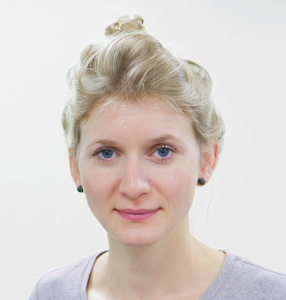Add to Calendar
When:
13. July 2021 @ 16:00 – 17:00
2021-07-13T16:00:00+02:00
2021-07-13T17:00:00+02:00
Where:
Zoom
Cost:
Free
Contact:
Sabina Nowakowska
NEUROASSEMBLY Seminar Series
- initiated by students of the master studies Integrative Neuroscience
Dr. Romy Lorenz (University of Cambridge, Stanford University and the Max Planck Institute for Human Cognitive & Brain Sciences)
>> The AI Neuroscientist – a new imaging framework combining real-time fMRI and machine learning with applications in health and disease <<
13.07.20214 p.m.
Abstract:
Cognitive neuroscientists are often interested in broad research questions, yet use overly narrow experimental designs by considering only a small subset of possible experimental conditions. This limits the generalizability and reproducibility of many research findings. In this talk, I present an alternative approach, “The AI Neuroscientist”, that resolves these problems by combining real-time fMRI with a branch of machine learning, Bayesian optimization. Neuroadaptive Bayesian optimization is an active sampling approach that allows to intelligently search through large experiment spaces with the aim to optimize an unknown objective function. It thus provides a powerful strategy to efficiently explore many more experimental conditions than is currently possible with standard neuroimaging methodology. Alongside methodological details on non-parametric Bayesian optimization using Gaussian process regression, I will present results from three different studies where we applied the method to: (1) better understand the functional role of frontoparietal networks, (2) map cognitive dysfunction in aphasic stroke patients, and (3) tailor non-invasive brain stimulation parameters to a particular research questions. I will conclude my talk in discussing how Bayesian optimization can be combined with study preregistration to cover exploration, mitigating researcher bias more broadly and improving reproducibility.